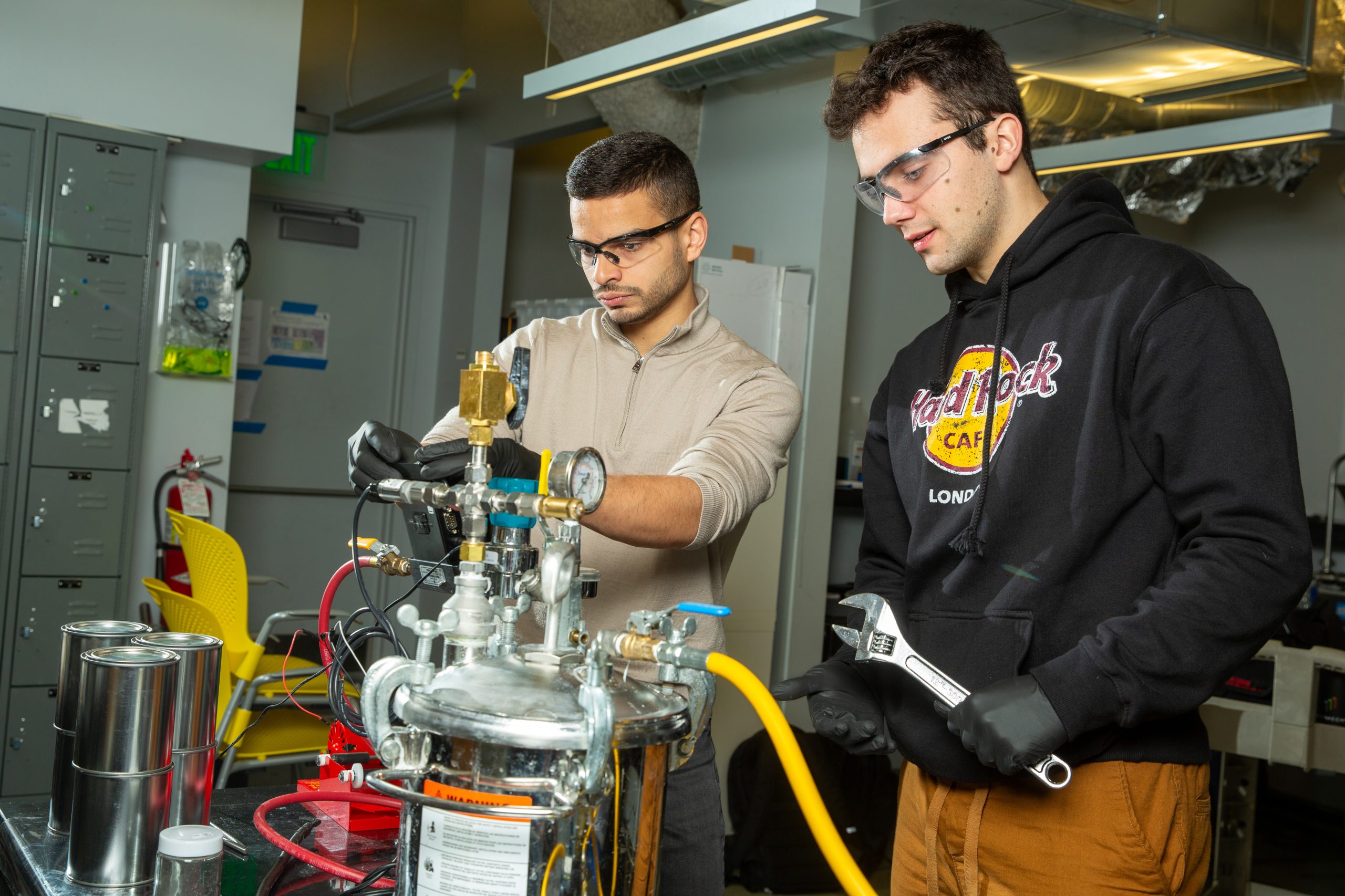Mining is one of the most heavily polluting industries, especially when it comes to water contamination, but Malaysia’s Kinabalu Park is home to a mine that looks a little different. In this mine, nickel is extracted from leafy green plants with a fraction of the environmental footprint.
Phytomining, the process of producing metal by growing plants, is not new, but many are unaware of its untapped potential. There are about 700 plants in the world that suck up metal from the soil around them at a high rate. These metals, like nickel, zinc, cobalt, and even gold, are harvested when the plants are burned, resulting in “bio-ore.”
While strip mining leaves behind toxic metal tailings that are difficult and costly to clean up, phytomining operations can be set up with very little physical or chemical treatment of the soil. When done sustainably, the bio-ore plants are maintained over time, absorbing carbon until they are harvested.
In the Malaysia case study, nickel is sourced from the P. rufuschaneyi plant, which stands at over 20 feet high. Twice a year, workers cut off the top foot of each plant to create bio-ore, leaving the rest to regenerate for the next harvest. The burning and extraction process at this particular mine is also solar-powered and carbon-neutral.
So why isn’t phytomining practiced all over the world? Until recently, investors didn’t see scaled-up plant mining to be as financially viable as traditional mining. But as ground deposits become more scarce, the practice is proving to be effective and profitable. Plant miners are sourcing 150 to 250 kilograms of nickel per hectare in Malaysia, which at today’s nickel prices would be $3,800 of profit per acre. That’s better than even some of the best performing agricultural crops.












